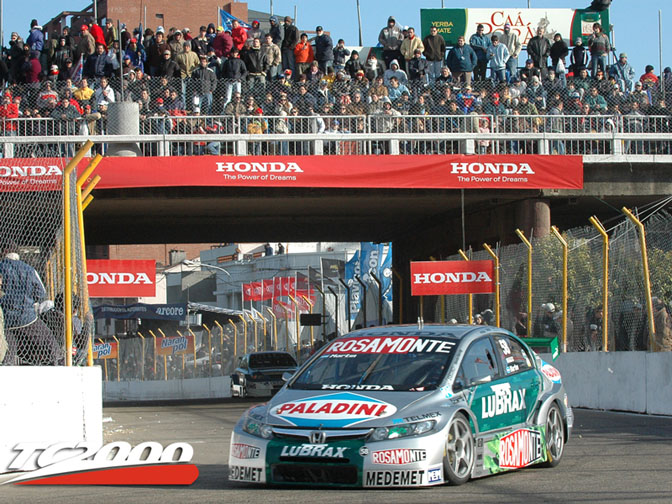
The inaugural ePrix was won by Sébastien Buemi for the e.dams-Renault team.įor 2015, minor changes were made which saw the first chicane reverse direction to become a left-right flip flop, increasing safety at the pit lane exit which is now further away from the racing line. Closely lined with concrete walls and a number of tight chicanes, the first race proved a success, even if sand on the track was an ever-present factor. A race for the all-electric cars was scheduled for December 13, using a new course slightly further up the beach but using some of the same roads as the previous TC2000 circuit. The touring cars did not return in subsequent years but in 2014, city officials struck a new deal with organisers of the new Formula E championship.

Reigning champion Jose Maria Lopez got his title defence off to a good start with victory for Honda. This bypassed by the cars on lap one of the races but used in all subsequent laps. This used the same course as 2008, save for the addition of a temporary chicane at the end of the start finish straight.
#TC2000 RACING SERIES#
The TC2000 organisers made amends by scheduling the first round of the 2010 series at Punta del Este. However, an outbreak of swine flu prompted the rescheduling of a street race in Santa Fe to this date and the Uruguyan round had to be cancelled. The race was scheduled to return for a third time in 2009, planned for the 3rd and 4th of October.

Martin Basso won in his Ford Focus, a feat he repeated when the series returned in 2008, albeit on a slightly modified and faster course.

The course was narrow and twisty, though featured several high speed sections which only served to highlight the proximity of the unyielding concrete barriers even more. Besides TC 2000, the event featured races for the Renault Megane Cup and Formula Renault Argentina, as well as a display of several cars from the FIA European GT3 Championship. Attempts for 2005 failed, but the group persevered and in 2007 the series made its debut on a new course adjacent to the Brava Beach. As before, they looked across the bay to Argentina and tried to tempt the wildly popular TC2000 touring car series. The city wasn't completely done with motorsport, however, and in mid 2000's a group of local businessmen began moves to bring racing back. The championship later became the pan-South American Codasur F2 series, though the result was largely the same Argentine ace Guillermo Maldonado was the victor in 1981, '82, '83 and '85, a clean sweep in the F2 races only being prevented by the victory of Uruguayan Peter Passadore in 1984 and fellow Argentine William Kissling in 1986, Coincidentally, Maldonado is the name of the region and the neighbouring city to Punta del Esta.Ī switch to Formula 3 followed in 19, both victories being taken by Leonel Friedrich after which the racing engines fell silent as the series moved on elsewhere.

Racing first began here in 1981, when a round of the Argentine Formula 2 Championship was organised on a course based on the streets around the Mansa beach. In reality, the city is a tourist haven with white sandy beaches, so comparison's with Australia's Surfers Paradise might be more appropriate. Address: Circuit Urbano, Punta del Este, Uruguayĭubbed the 'Monte Carlo of South America', Punta del Este's streets have been welcoming racing cars since the early 1980s.


 0 kommentar(er)
0 kommentar(er)
